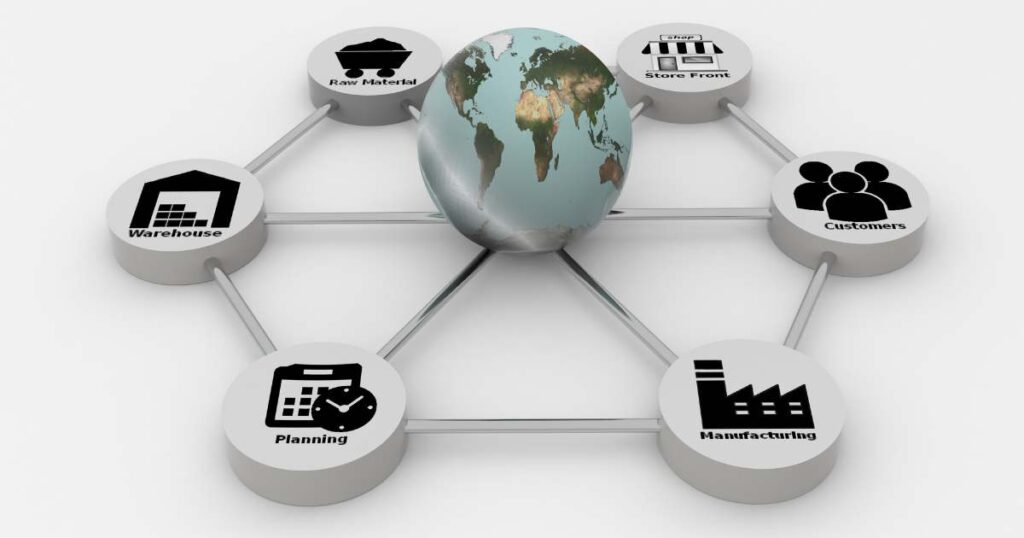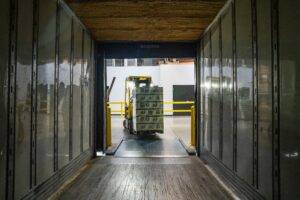There will be more pressure on transportation companies to adapt to new regulations and customer worries, as well as new risks to their assets and infrastructure. As a result of climate change’s higher temperatures, more frequent and severe extreme weather events, and decreased availability of natural resources.
This demand comes from a wide variety of quarters, including those who are directly affected by climate change and those who are advocating for the proactive management of assets and essential components of global supply chains. To facilitate and direct global adaptation efforts to climate change, the transportation industry plays a crucial role within these supply networks.
The transportation industry is extremely susceptible to the physical effects of climate change along its supply chain, both in terms of assets (such as ocean freighters and railcars) and places (such as airports and seaports). Rising sea levels, fluctuating temperatures, and extreme weather events are among its greatest threats, all of which can have an impact on destinations and operations and each of which poses a unique difficulty for the many modes of transportation.
Can Severe Weather Affect Supply Chain?
Despite its prevalence, bad weather rarely disrupts normal business activities like supply and demand. No temperature can’t be managed with the proper procedures in place. So, for instance, if the climate in question is one with frequent and severe windstorms, that fact can be taken into account, and measures can be taken to keep operations running smoothly.
However, severe weather can disrupt supply and demand and the entire shipping process. A powerful winter storm, for instance, can produce a temporary drop in the economy because of the disruption it causes to transportation and commerce. Demand for goods and services could fall due to people taking more time off work and having lower incomes. This may cause an oversupply of the product, which is bad for sales.
Impact of Weather on Ways of Transportation
1. Road
Weather conditions such as snow, fog, and high winds can alter road conditions and make driving more hazardous. Storing goods safely is crucial, as each type of cargo has its own requirements that must be met.
2. Air
One of the most advanced forms of transportation currently in use, but also one of the most difficult to plan for and implement due to its reliance on forecast studies and the need for highly exact calculations.
3. Sea
The most popular method of transport, ships come in a wide variety of designs to accommodate the various goods that must be safely transported across the ocean. Despite the difficulty of the sea, the necessary expertise is available to ensure everything goes smoothly.
4. People
When dealing with severe weather, human resource management is crucial. Every logistics operation relies on the safety of its operations and the correct handling of its cargo, both of which depend on the workforce being adequately trained on concerns of prevention and security at the workplace.
Extreme weather conditions and temperature variations can damage a supplier’s assets, disrupting the supply chain and leading to service delays or temporary shutdowns. A loss of clients, contracts, and revenue may arise from this. Adaptive investments are necessary to protect the transportation sector’s critical locations, machinery, and infrastructure from climate change’s effects and enhance current networks. Since transportation systems have been operating for at least a decade, they must make long-term investments to ensure their safety and climate resilience.
To mitigate these possibilities and threats, businesses use various adaptive strategies to keep up with the constant disruptions. These procedures sometimes safeguard the worth of already-in-place resources and infrastructure. In others, courses are geared more toward value creation through innovation and the satisfaction of new requirements brought about by climate change. Companies in the transportation industry are in a prime position to develop climate-related strategies and solutions that can be implemented across a wide range of supply chains.
Wrapping Up
It is impossible to avoid extreme weather altogether, and forecasting them is only possible to a limited degree. It is essential for companies providing supply chain services to be adaptable and have contingency plans ready. At I-Way, we anticipate the possibility of severe weather and plan accordingly so that we can continue to deliver excellent service to our customers at all times. We optimize shipping routes, keep expenses down, safeguard capital, and monitor the flow of your goods. As a result, if you need your items transported quickly, efficiently, safely, and reasonably priced, I-Way is the company to call. Get in touch with us to get a quote.




